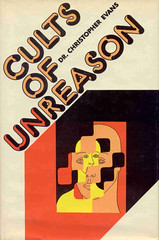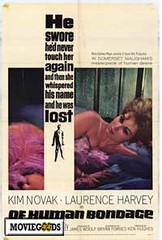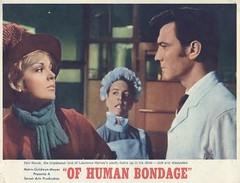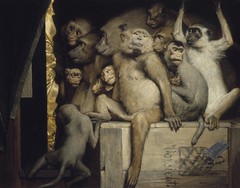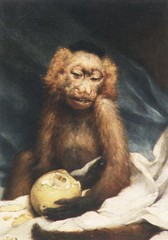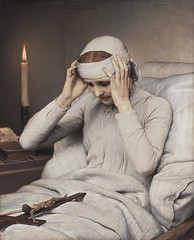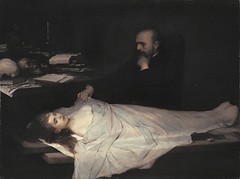The story of Princess Marie Bonaparte is as least as strange as that of her contemporary, Serge Voronoff who grafted monkey testicle tissue on to the testicles of men while working in France in the 1920s and 1930s.
[Youtube=http://www.youtube.com/watch?v=dlJG_Qct-mY]
Princesse Marie directed by Benoît Jacquot
Princess Marie Bonaparte (1882–1962) was a French psychoanalyst, closely linked with Sigmund Freud. Her wealth contributed to the popularity of psychoanalysis, and enabled Freud’s escape from Nazi Germany.
According to the 2008 book Bonk: The Curious Coupling of Science and Sex by Mary Roach, Marie first consulted Sigmund Freud for treatment of what she described as her frigidity, which was later described as a failure to have orgasms during missionary position intercourse. After conducting research on women’s orgasms, she concluded the reason was the distance between clitoris and vagina. She called those, like herself, the “téléclitoridiennes” — “she of the distant clitoris.” She then attempted to “cure” her own failure to orgasm by having her clitoris moved, surgically, closer to her vagina; although the removal worked, the reattachment was not successful. It was to Marie Bonaparte that Sigmund Freud remarked, “The great question that has never been answered and which I have not yet been able to answer, despite my thirty years of research into the feminine soul, is ‘What does a woman want?’”.
Her story of her relationship with Sigmund Freud and how she helped his family escape into exile was made into a television film, released in 2004. Princesse Marie YouTube was directed by Benoît Jacquot and starred Catherine Deneuve as Marie Bonaparte, and Heinz Bennent as Sigmund Freud.








